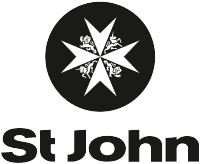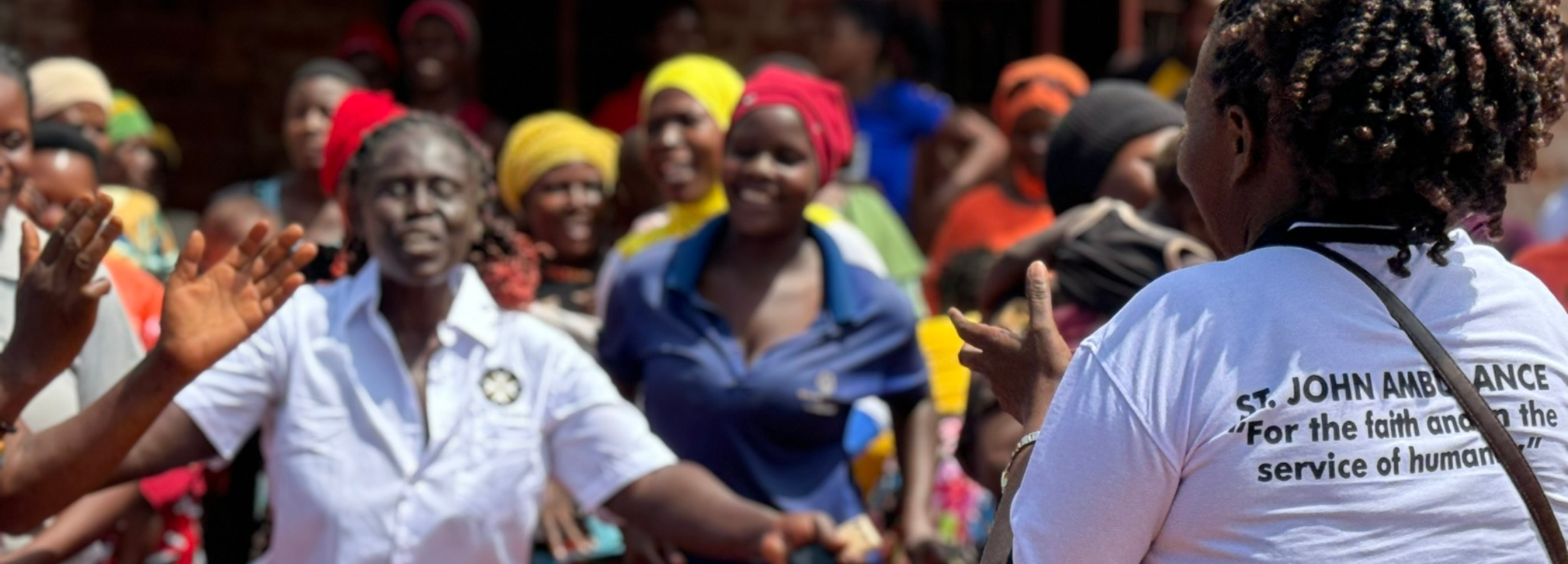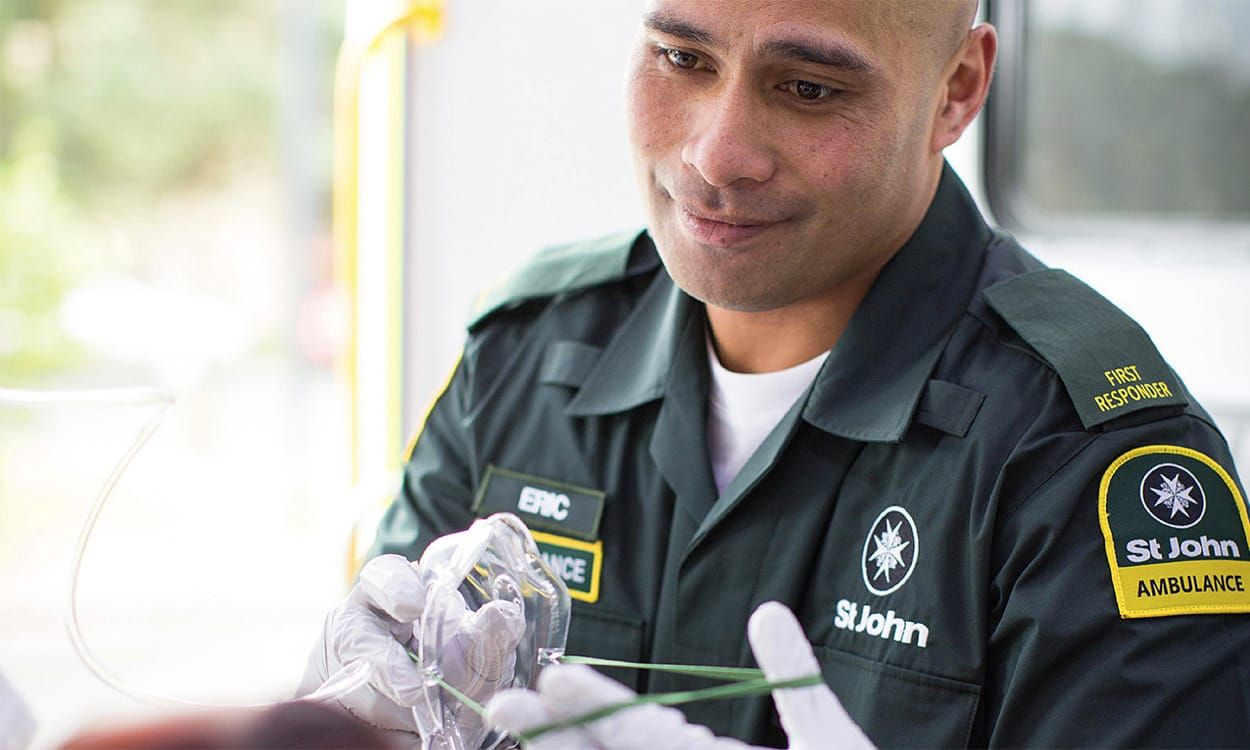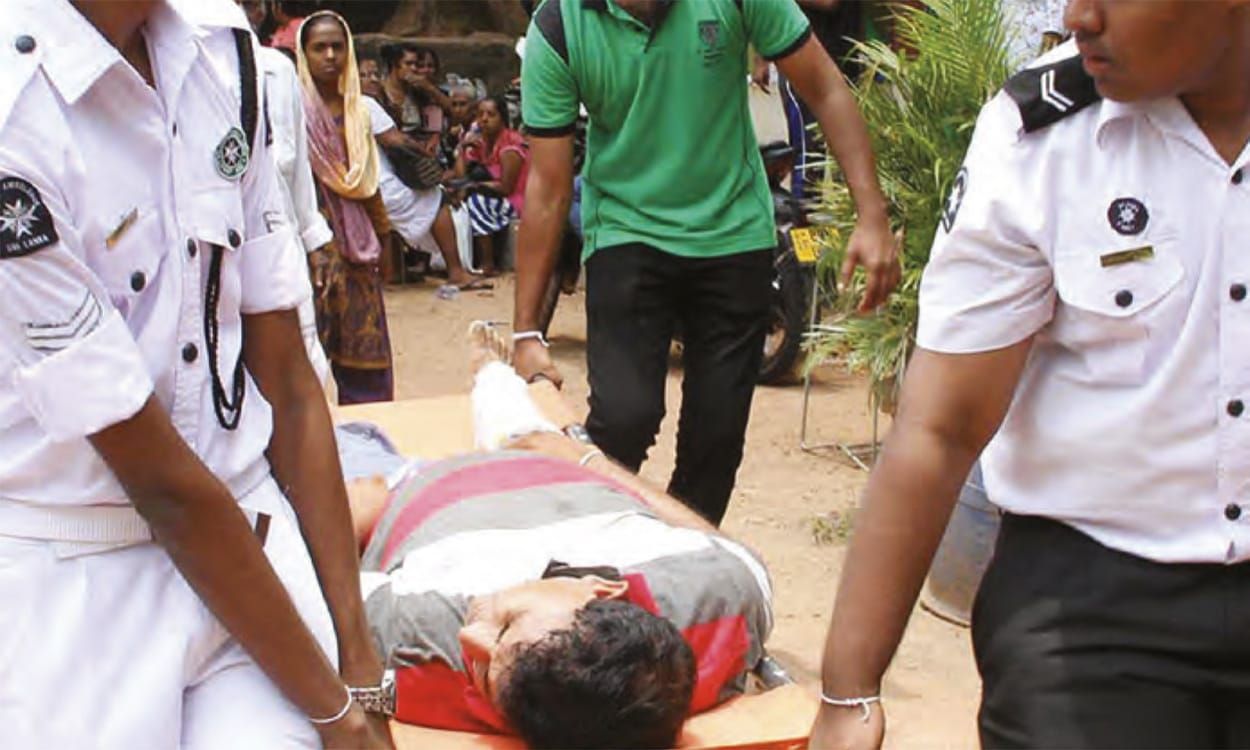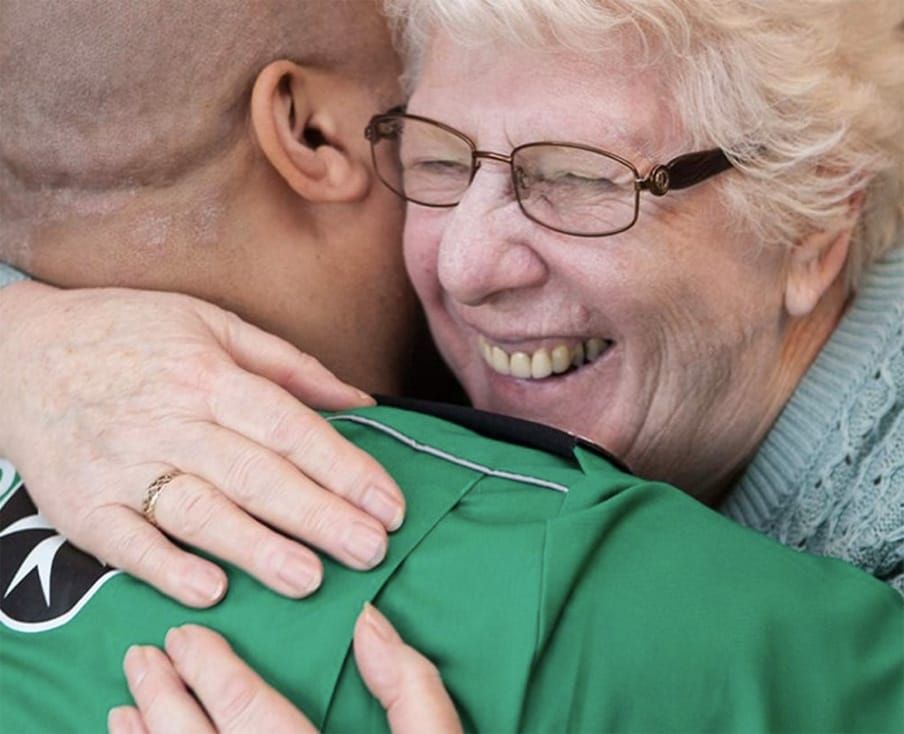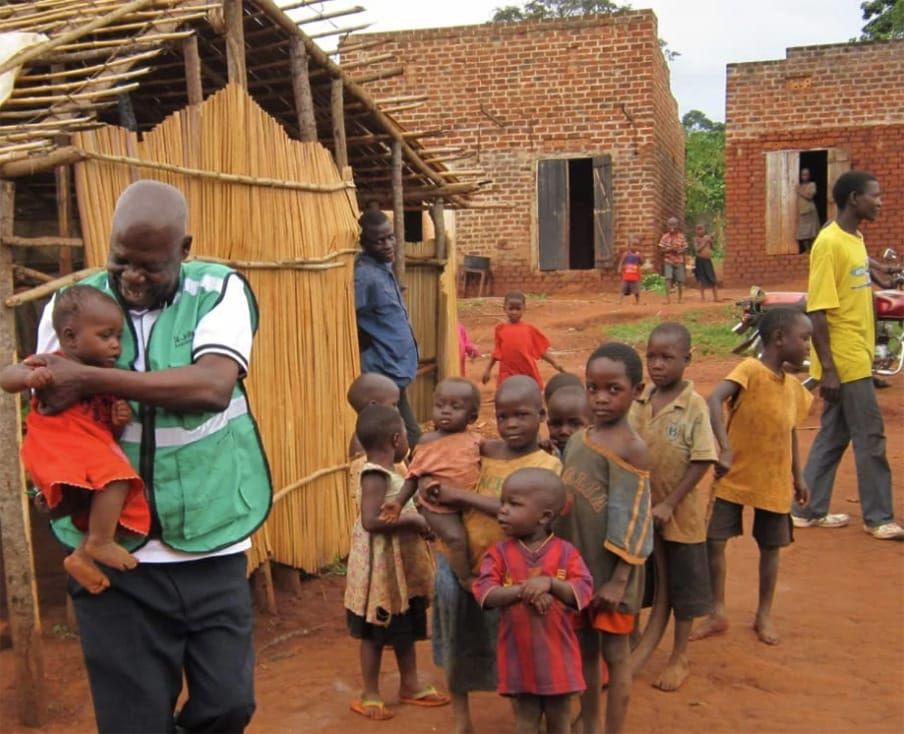Launched in November 2014, with fieldwork beginning in February 2015, the Mother and Baby Programme has made remarkable strides over the past decade. What started as a small initiative has grown into a dedicated team of 26 staff members and 380 trained St John volunteers. Together, we have delivered nationally recognised maternal and newborn health services, leaving a lasting impact on communities across Sub-Saharan Africa.
Our work continues to support Sustainable Development Goal (SDG) 3, which aims to prevent unnecessary suffering from preventable diseases and premature death by targeting key areas that improve a country’s overall health. Specifically, we focus on the following targets:
- SDG 3.1 – Reducing maternal mortality
- SDG 3.2 – Reducing neonatal and child mortality
- SDG 3.3 – Combating infectious diseases, including HIV and AIDS
- SDG 3.7 – Advancing sexual and reproductive health, with a focus on family planning, information, and education.
Our Global Challenge
Despite global progress, maternal mortality rates remain alarmingly high, especially in Sub-Saharan Africa. While there have been improvements in reducing maternal and newborn deaths since 2000, the region’s rates are still nearly twice as high as those in other parts of the world.
In 2020, around 287,000 women lost their lives during pregnancy and childbirth, with 95% of these deaths occurring in low- and lower-middle-income countries—many of which were preventable. Sub-Saharan Africa was responsible for 70% of these maternal deaths.
Newborns also face heightened risks. In 2019, nearly half of all under-five deaths occurred during the newborn period, with a third of those deaths happening on the first day of life. Sub-Saharan Africa had the highest neonatal mortality rate in 2019, with 27 deaths per 1,000 live births. Children born in this region are 15 times more likely to die before the age of five than those born in Europe or North America.
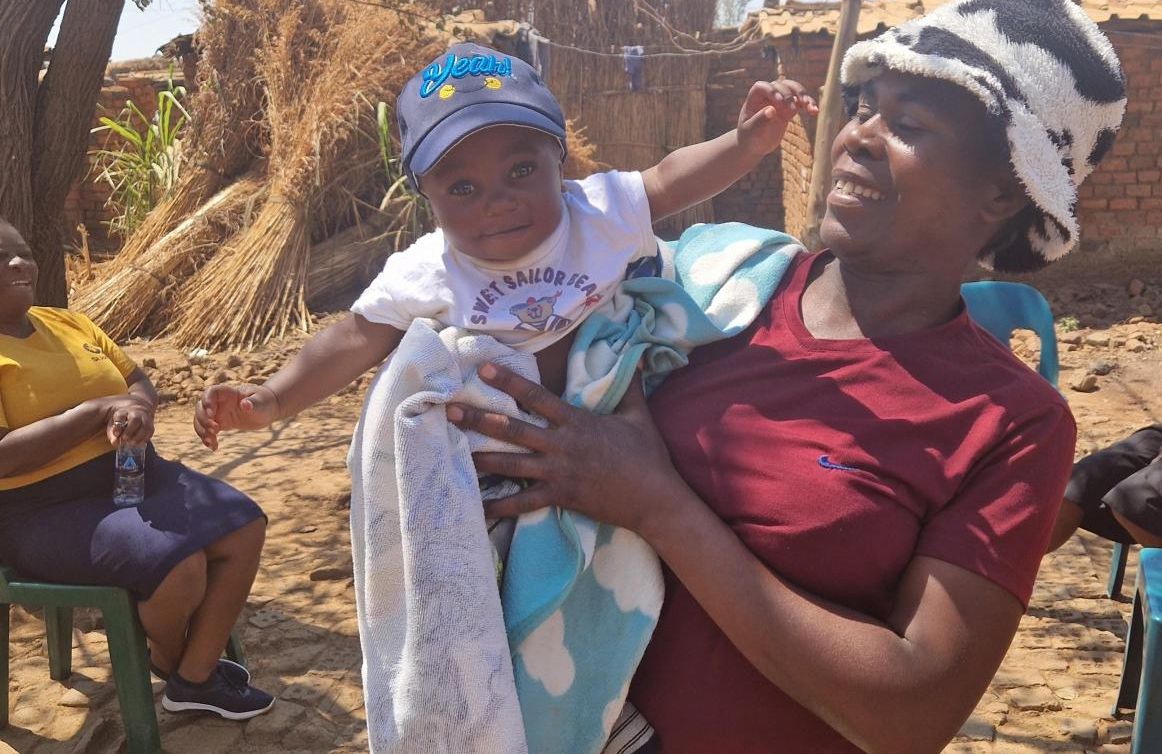
Dr Anshu Banerjee, Director of Maternal, Newborn, Child and Adolescent Health and Ageing at the World Health Organization (WHO).

“Pregnant women and newborns continue to die at unacceptably high rates worldwide, and the COVID-19 pandemic has created further setbacks to providing them with the healthcare they need.
If we wish to see different results, we must do things differently. More and smarter investments in primary healthcare are needed now so that every woman and baby - no matter where they live - has the best chance of health and survival.”
A Decade of Impact
Since its launch in November 2014, the programme has achieved significant progress:
Output performance:
- 204,921 primary beneficiaries enrolled, including pregnant women, new mothers, and fathers.
- Maternal and Child health education provided to an additional 961,863 community members.
- More than 537,800 primary and secondary beneficiaries provided with health consultations – across Malawi, Uganda, and Zimbabwe through clinical outreach services.
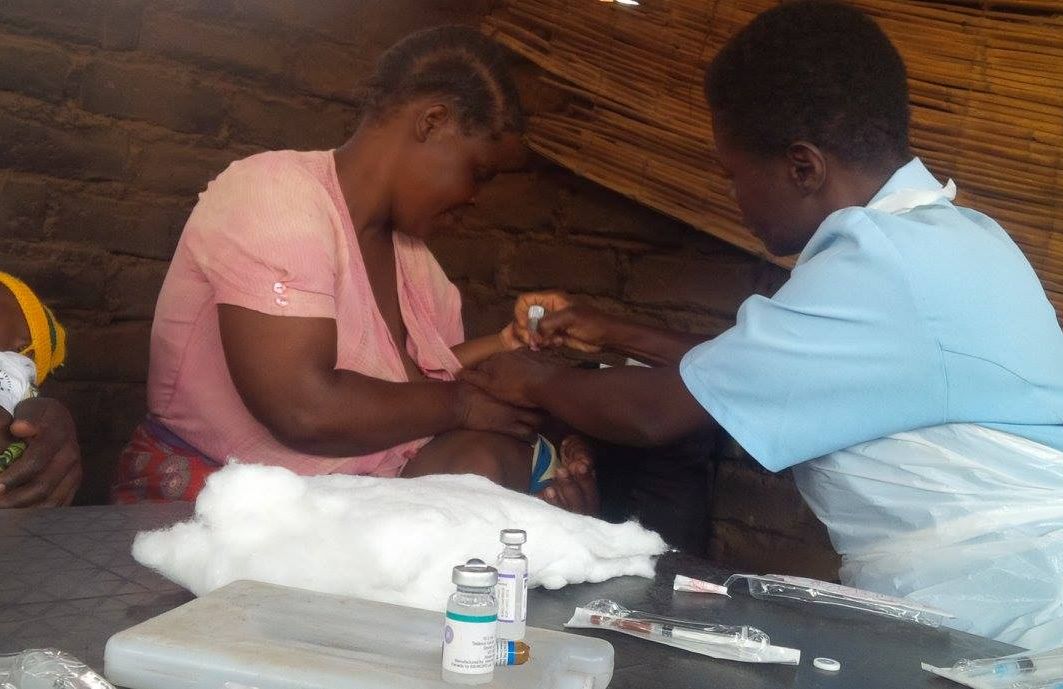
Impact performance
The Mother and Baby programme interventions have successfully promoted healthier behaviours across seven maternal health indicators identified by the World Health Organisation.
- 46% of enrolled women attend at least four antenatal care appointments during pregnancy, compared to the general population average of 35%.
- 96% of enrolled new mothers adopt family planning within six months—an improvement from 55% at the programme’s inception.
The programme has also improved healthcare access for families living with HIV through a robust referral system, contributing to a high HIV testing rate of 95% during pregnancy.
Additionally, strong partnerships with community health coordinators, local health centres, and District Health Offices have further strengthened maternal and child healthcare services.
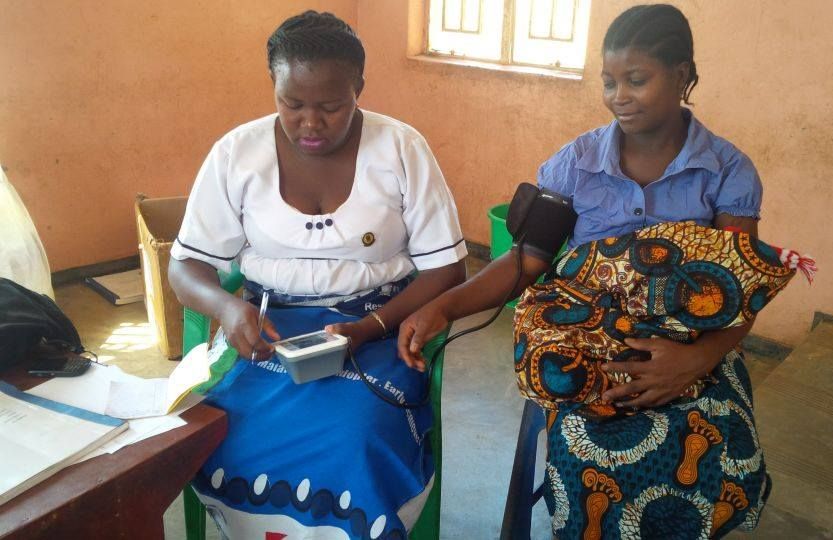
Expanding Our Reach
In 2021, we introduced the Mother and Baby Success Model (SuMo), a guide to replicating our programme’s success across various regions. Developed in collaboration with St John Associations in Malawi, Uganda, Zimbabwe, Zambia and St John International, our SuMo serves as a comprehensive tool for managing and enhancing maternal health initiatives.
Real-Time Monitoring for Greater Impact
In 2022, we launched Nurture, a performance monitoring system enabling real-time tracking of health behaviours. This allows programme managers and volunteers to assess the effectiveness of their advice, ensuring that changes in maternal and child health practices are tangible and impactful.
Programme Expansion
In 2024, St John Zimbabwe successfully expanded the Mother and Baby project to two additional rural sites, bringing the total to three sites. This expansion extends vital maternal and newborn health services to more under served communities, reinforcing our commitment to improving healthcare access.
Successful Mother and Baby Conference in Uganda
Our conference in 2024 focused on quality and performance management, bringing together key stakeholders to share best practices and explore future improvements in maternal and newborn health services.
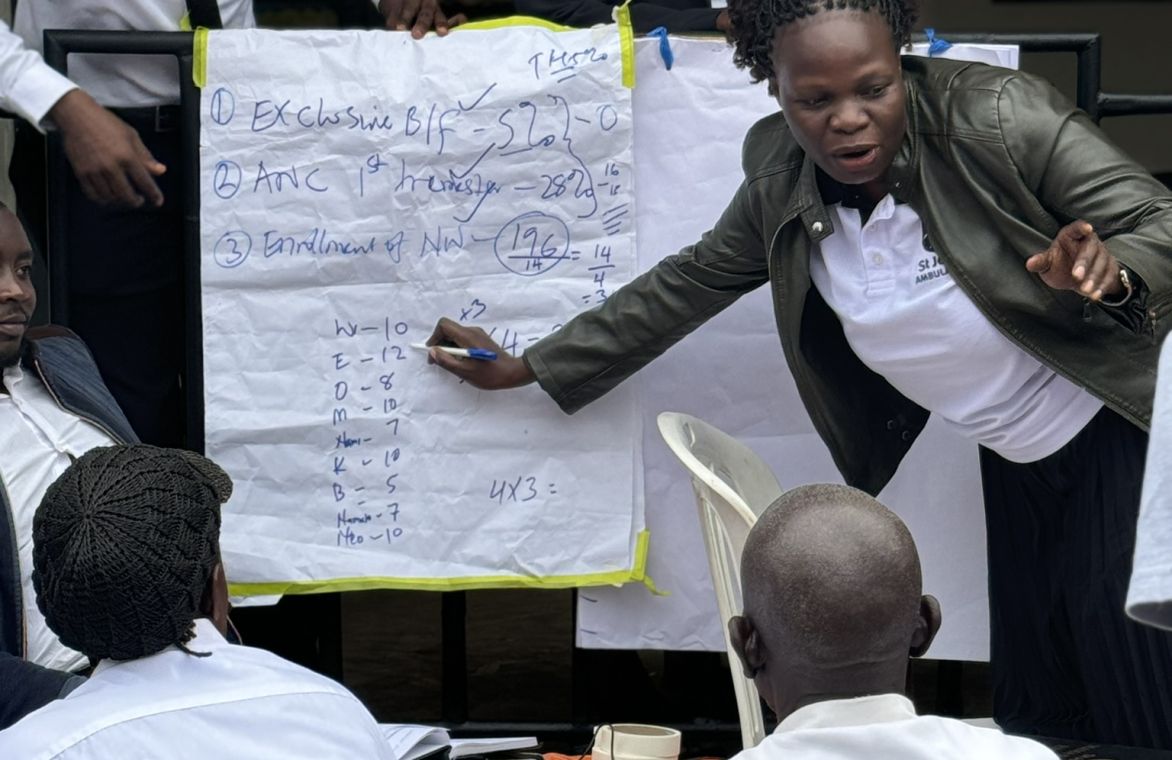
Looking Forward: A Future of Healthier Mothers and Babies
As we celebrate a decade of the Mother and Baby Programme, we continue to focus on saving lives, building resilient healthcare systems, scaling up proven intervention and ensuring healthier futures for mothers and babies throughout Sub-Saharan Africa and beyond.
Last year, St John International (SJI) supported St John Kenya in developing a Mother and Baby pilot project. The pilot phase has now (2025) commenced, marking a significant milestone in the programme’s growth and expanding maternal and newborn health support.
We are deeply grateful to our staff, volunteers, and partners for their dedication in helping us reach this milestone. Their commitment was especially evident during the COVID-19 pandemic, where they adapted and continued their work despite immense challenges. Their resilience has enabled this programme to have the impact it has had thus far.
Here’s to many more years of lasting impact and profound legacy!
